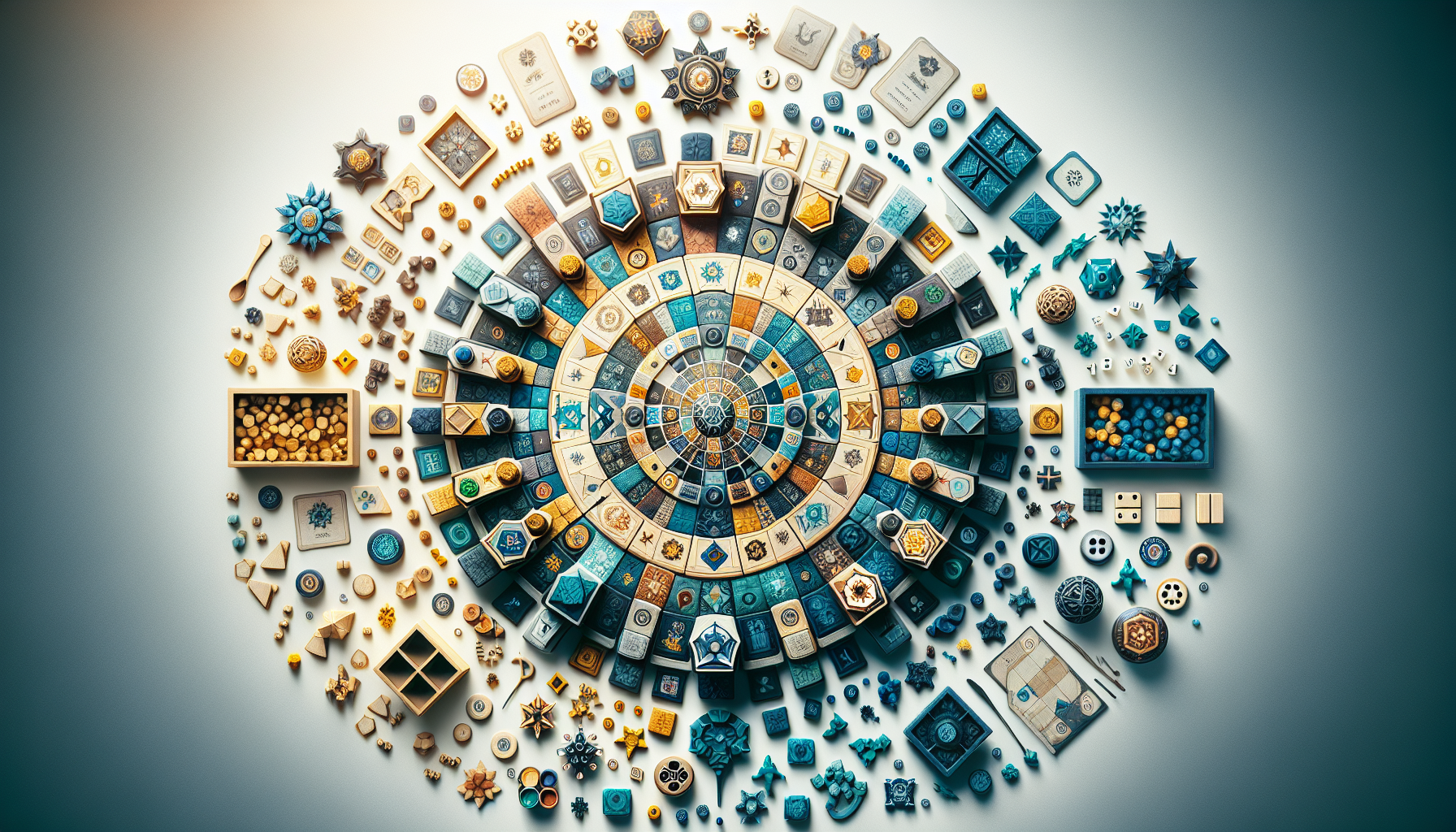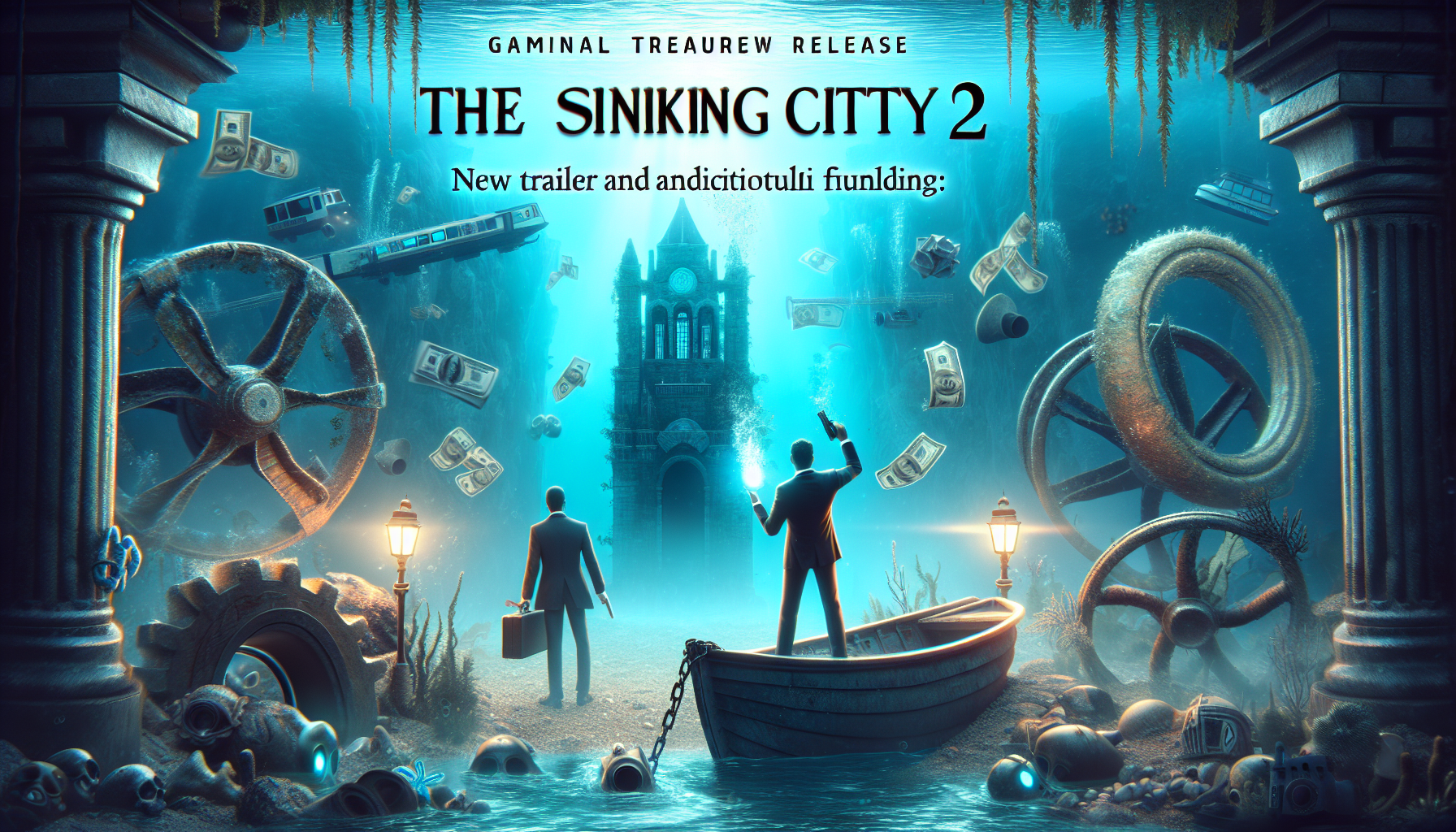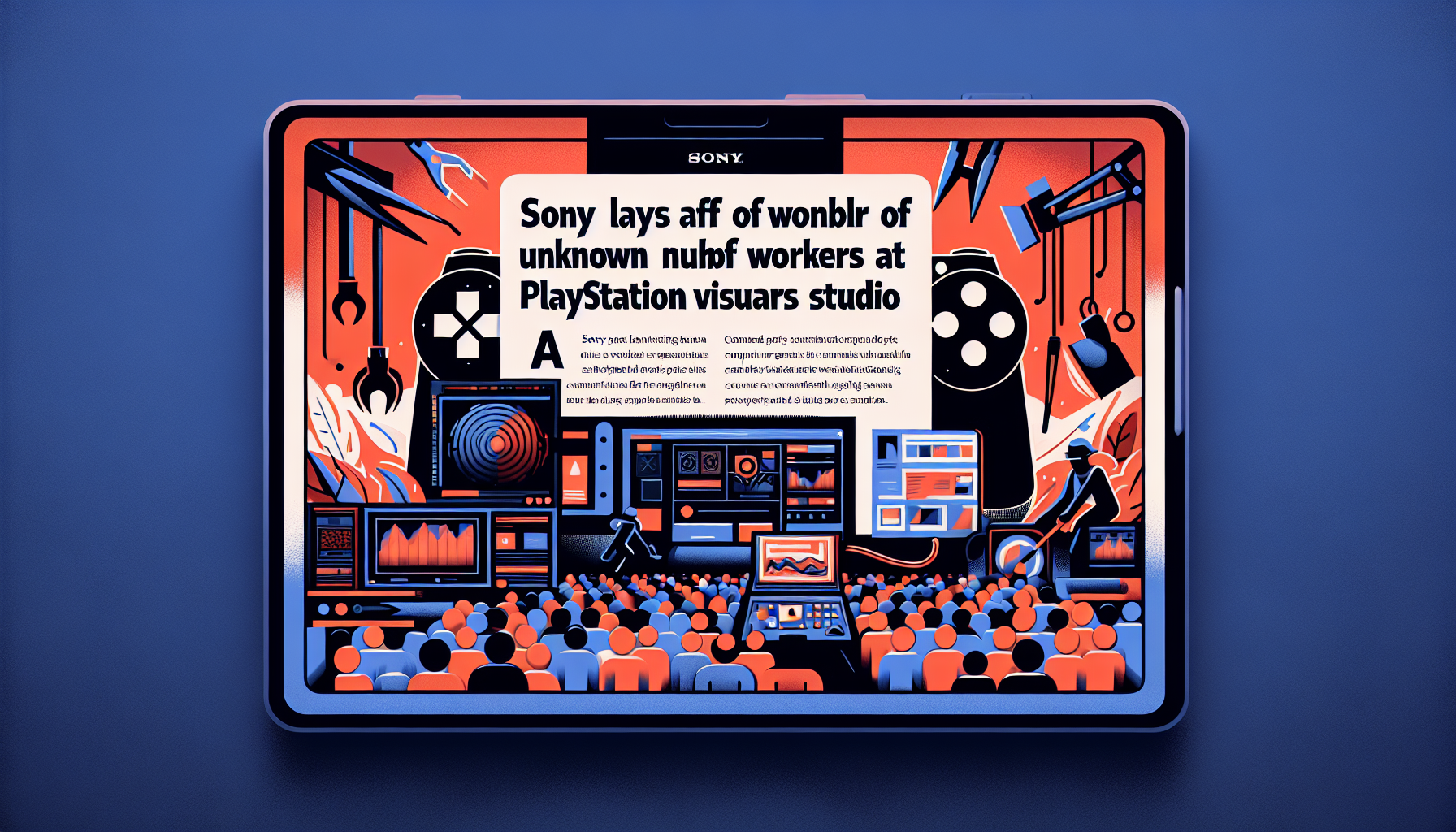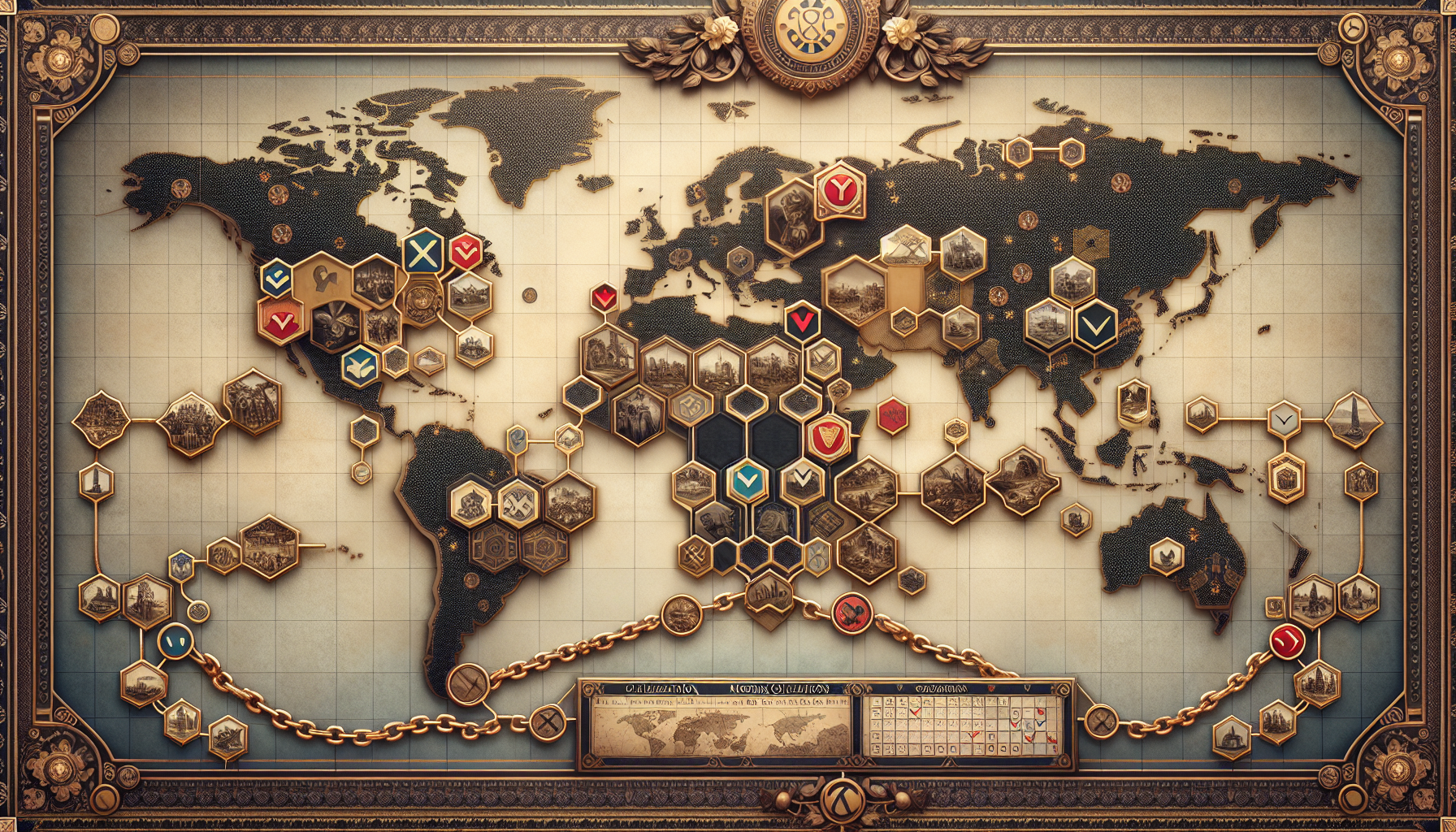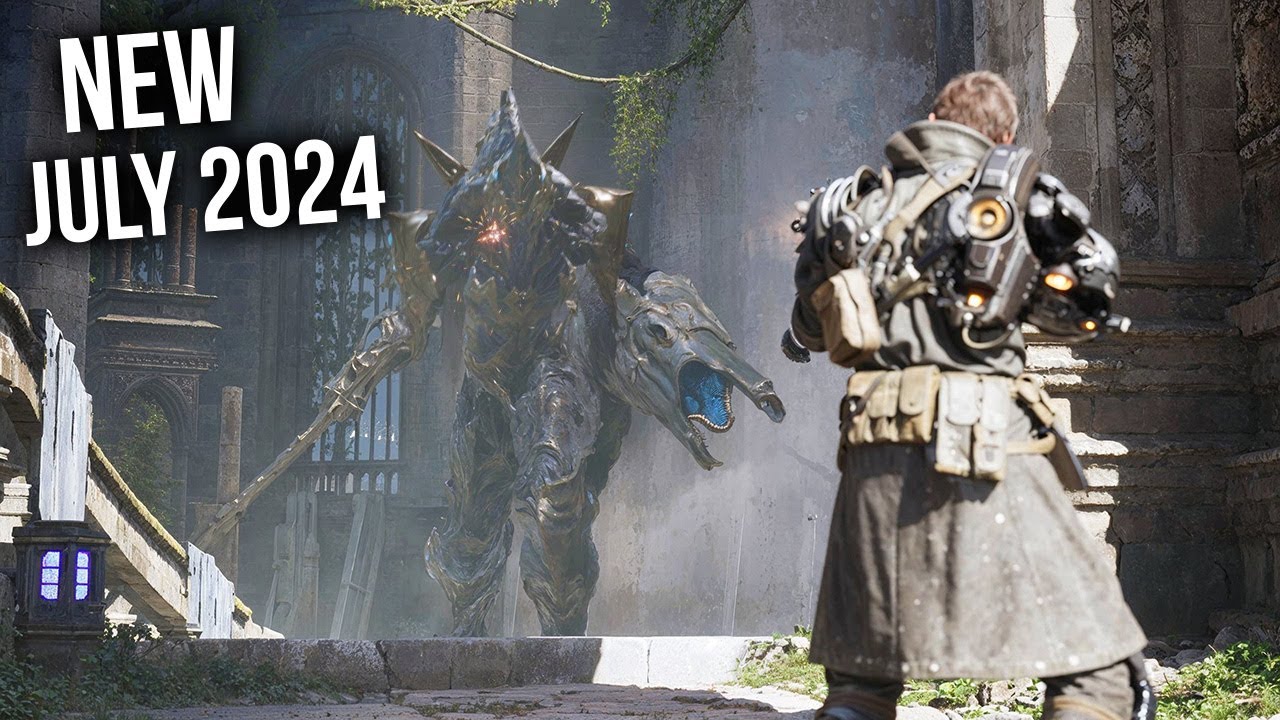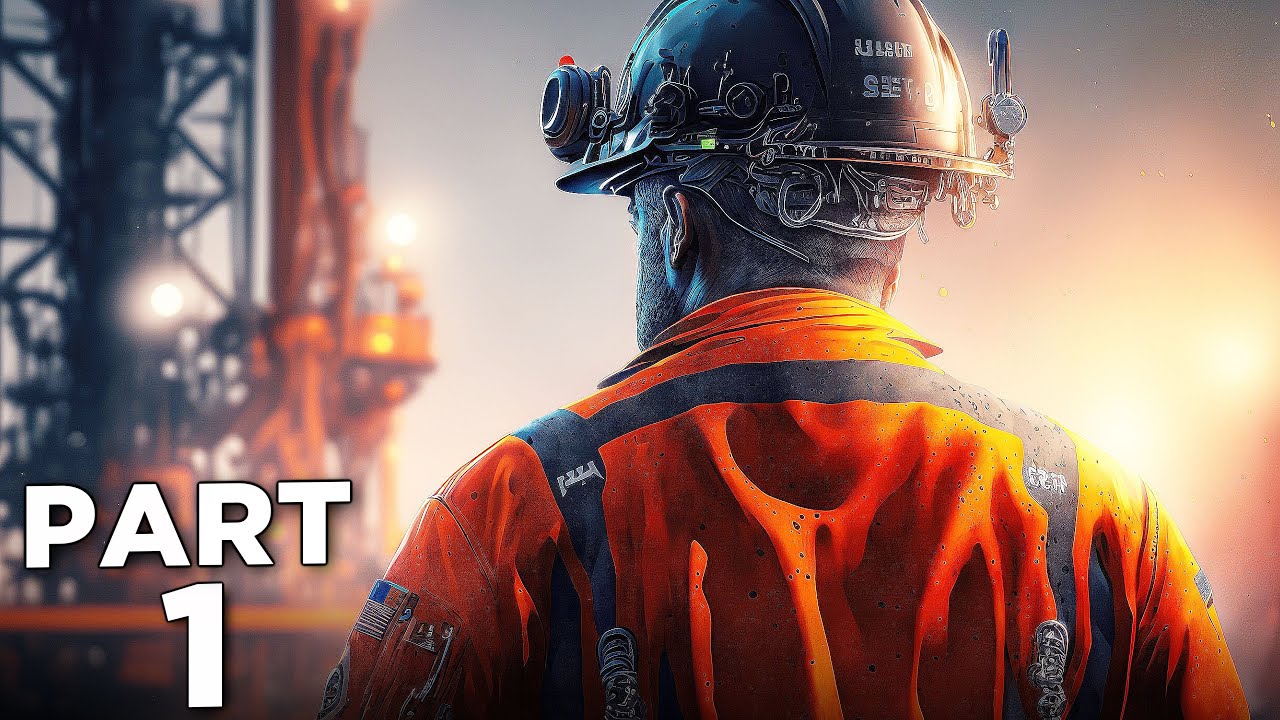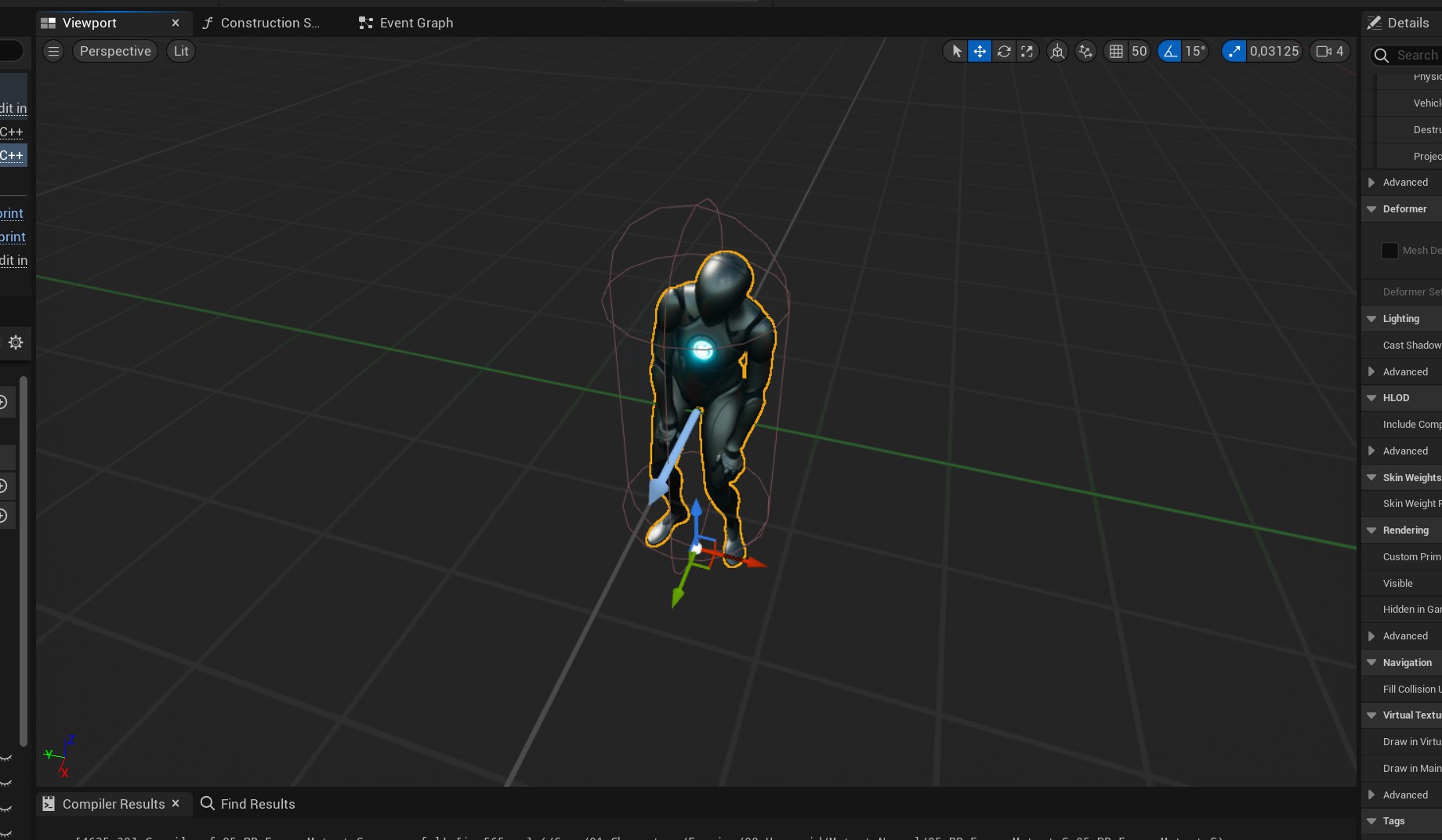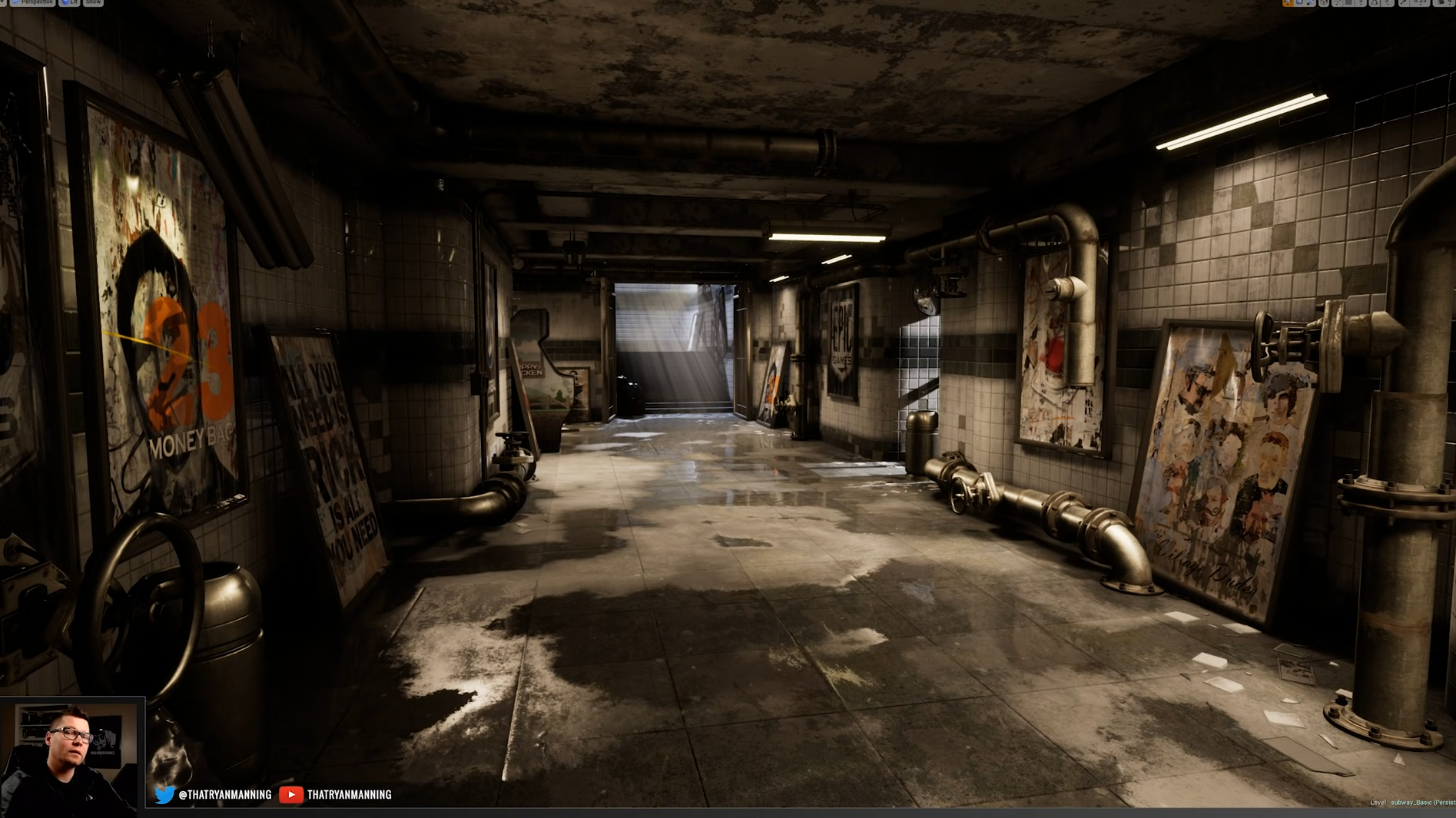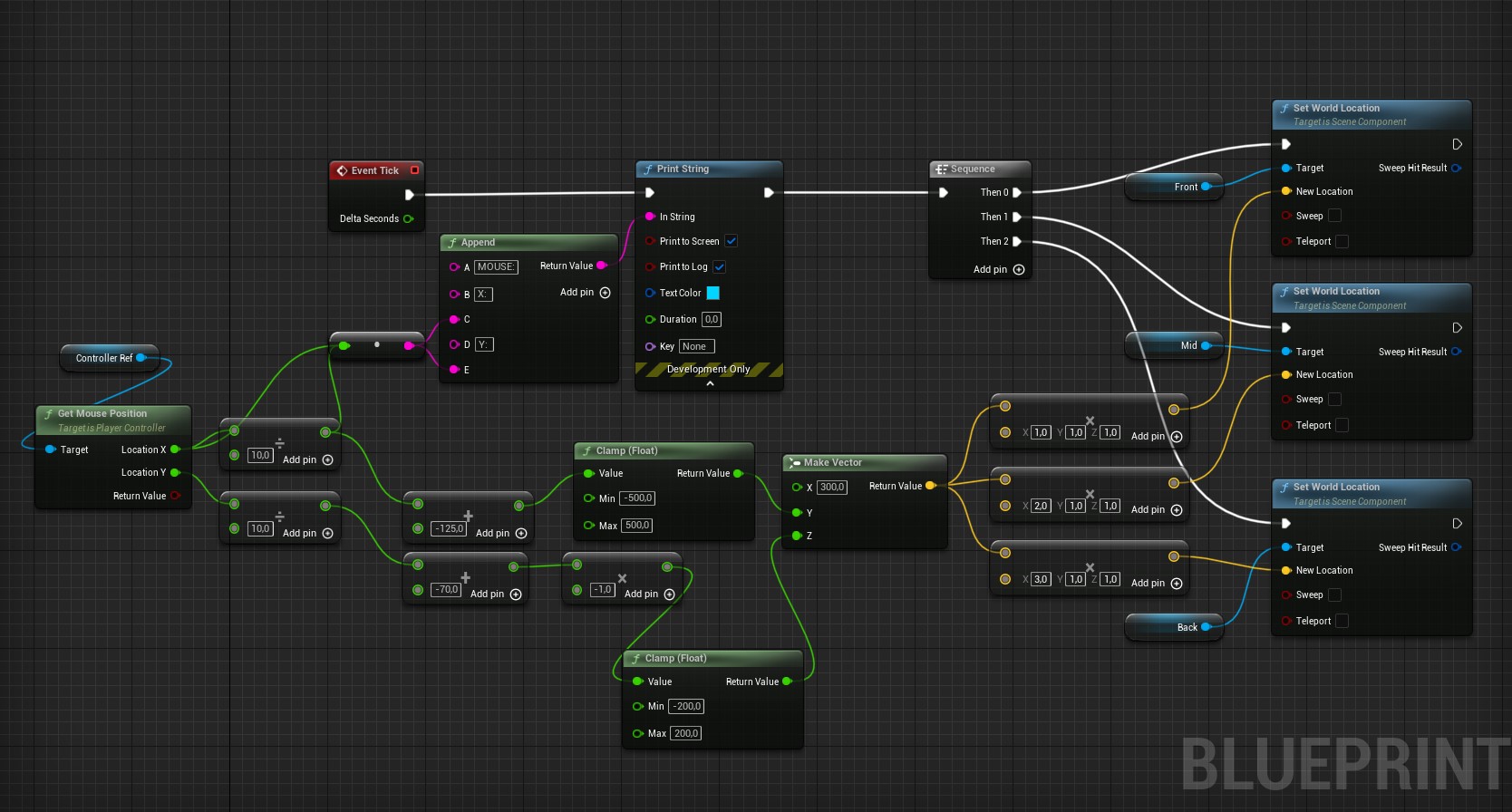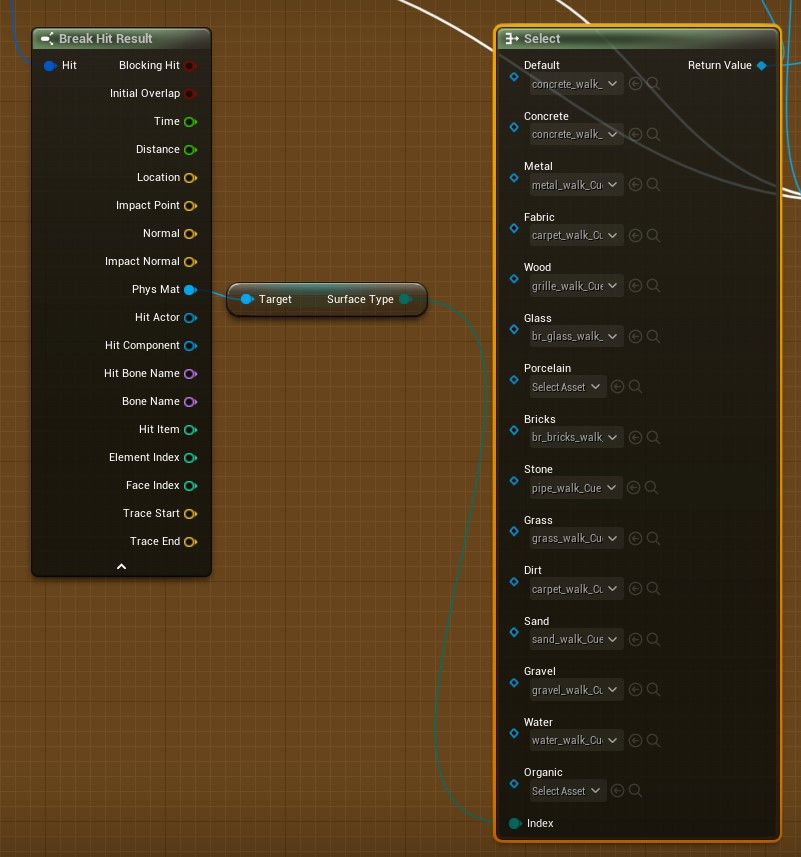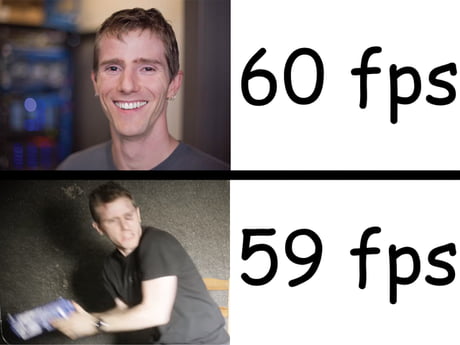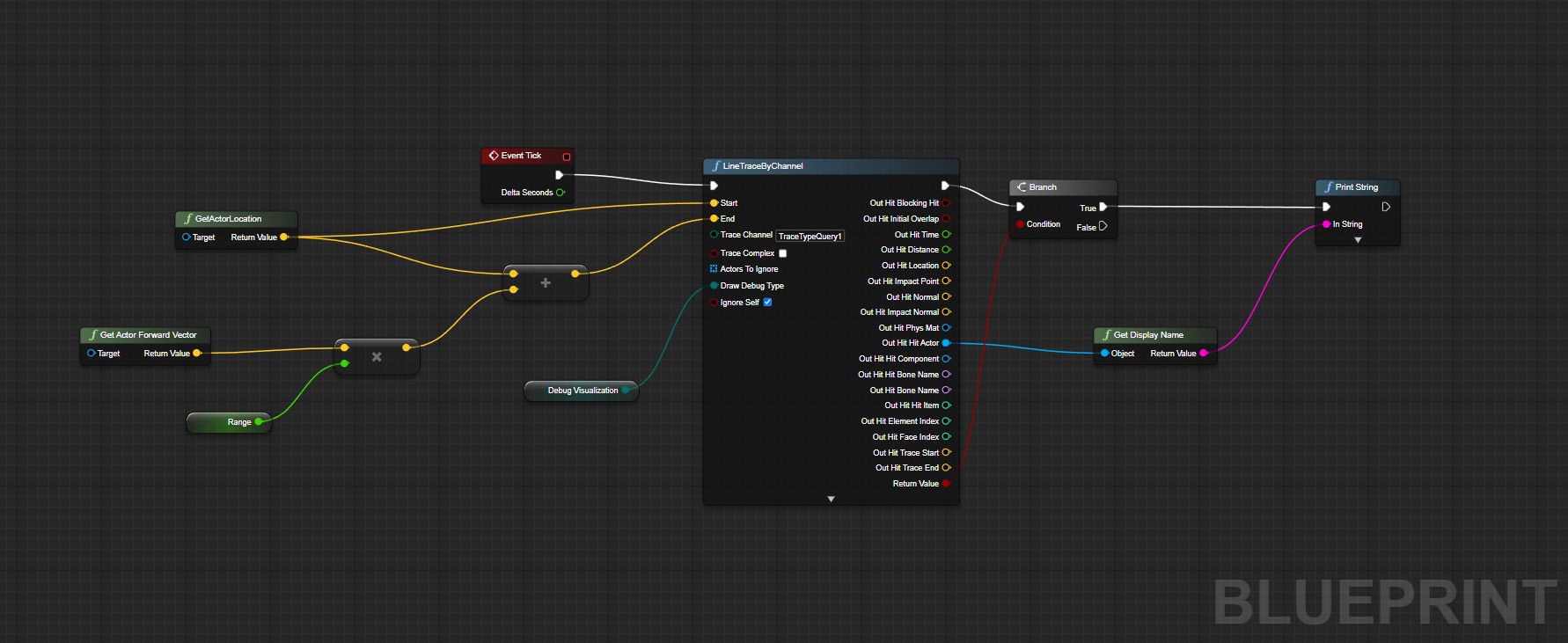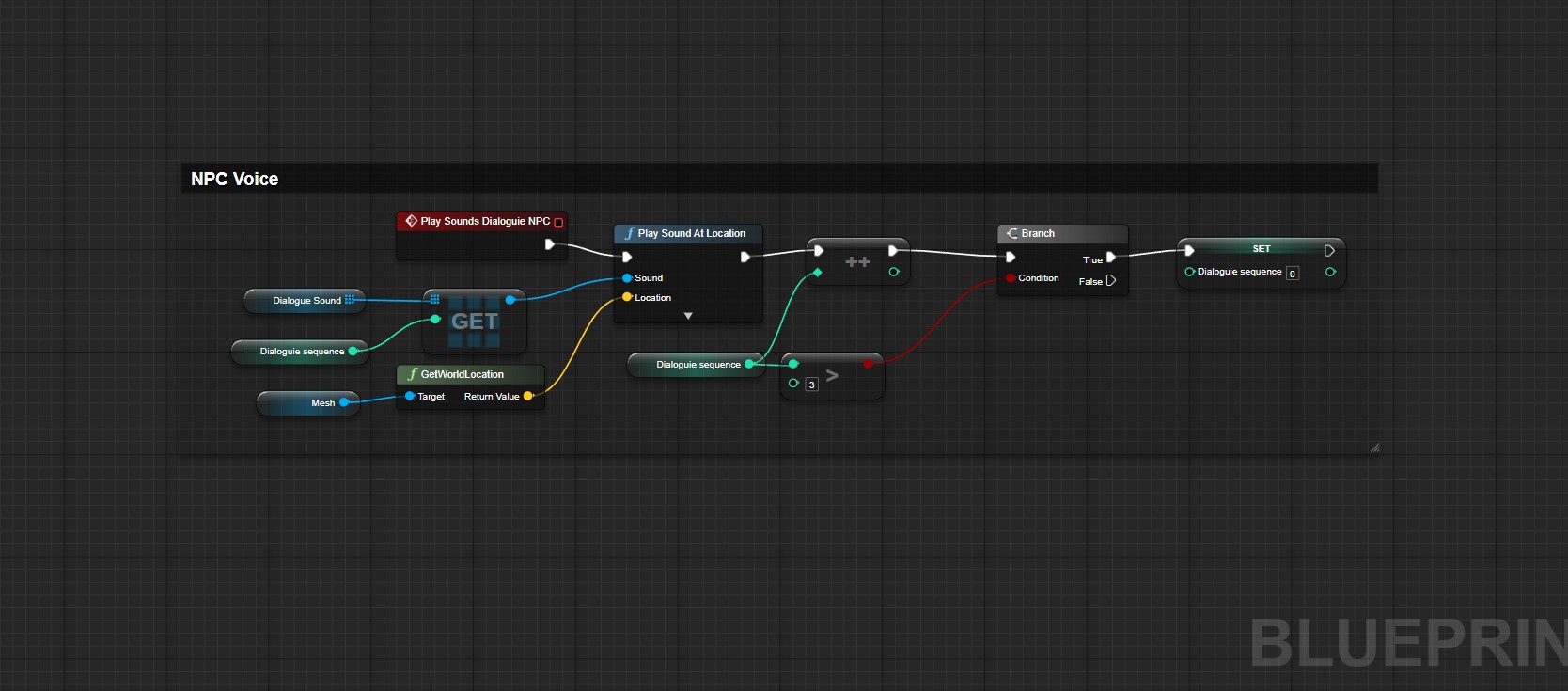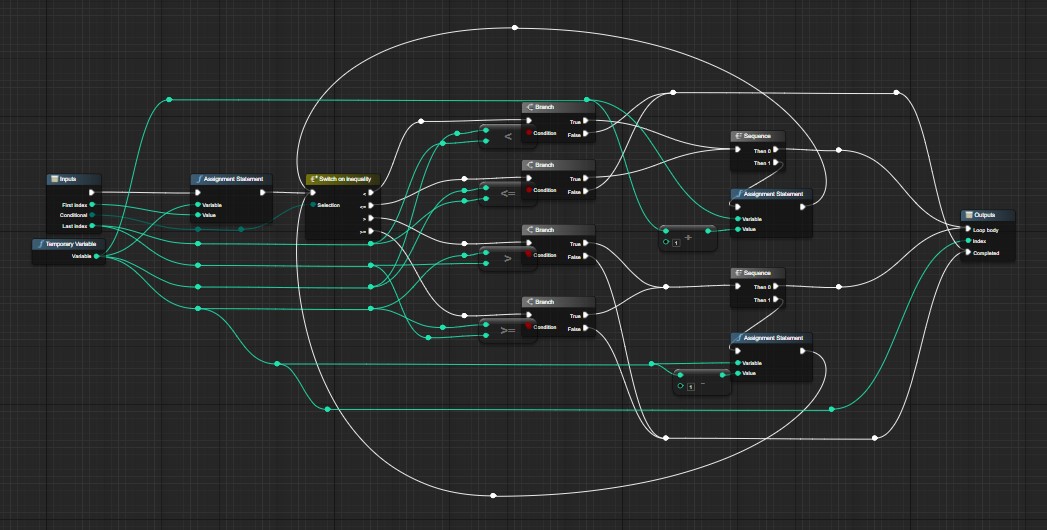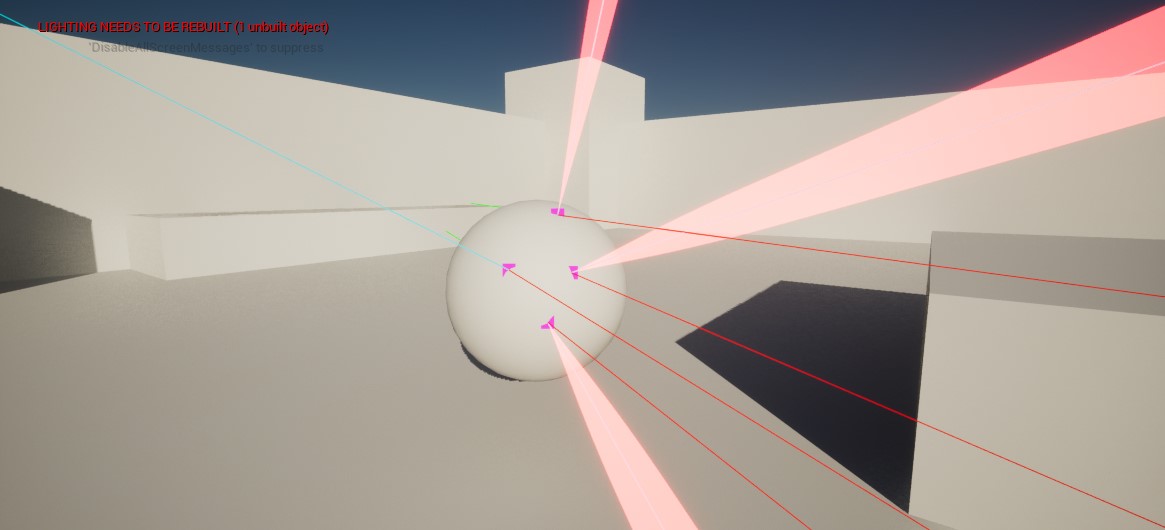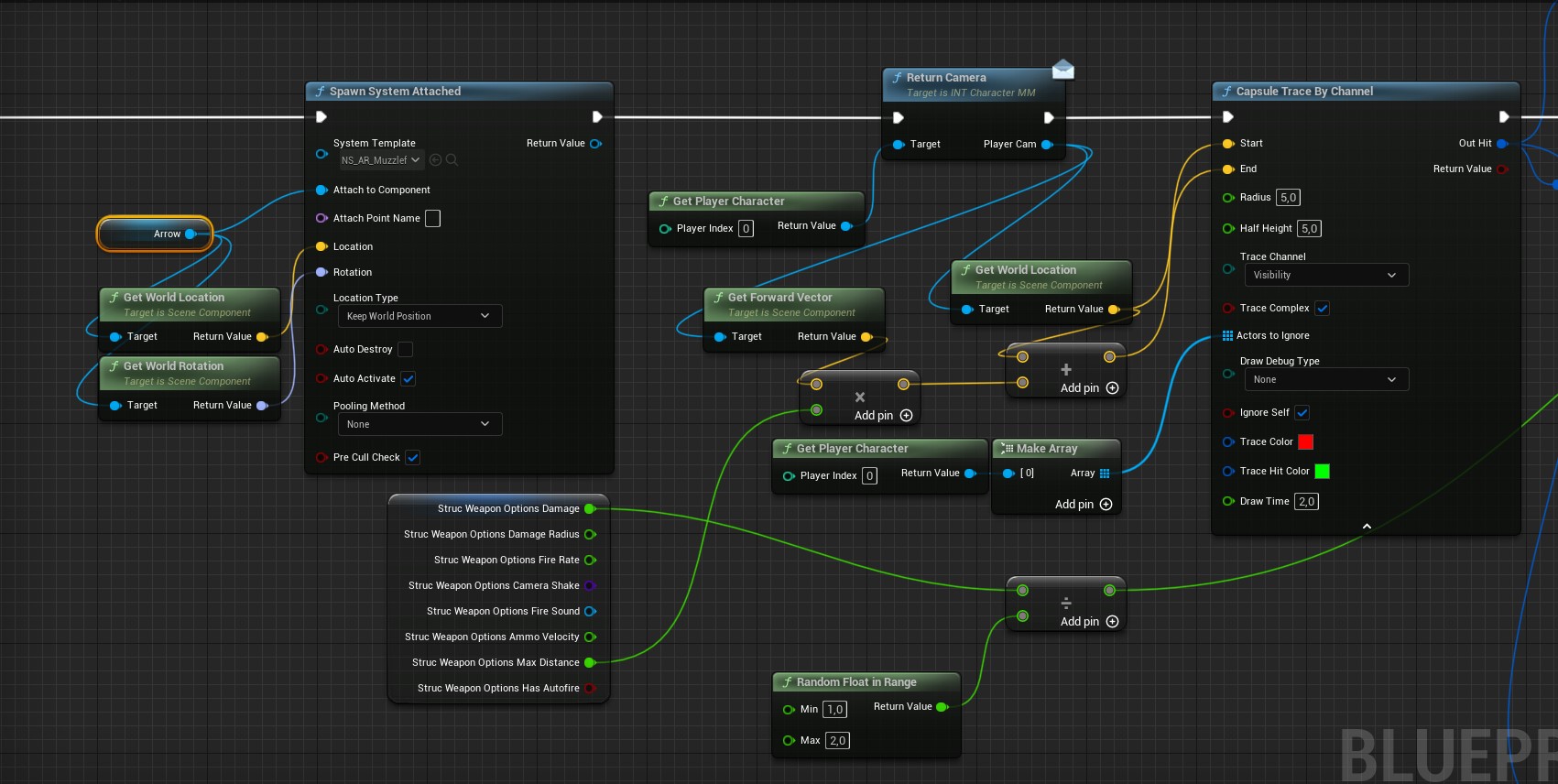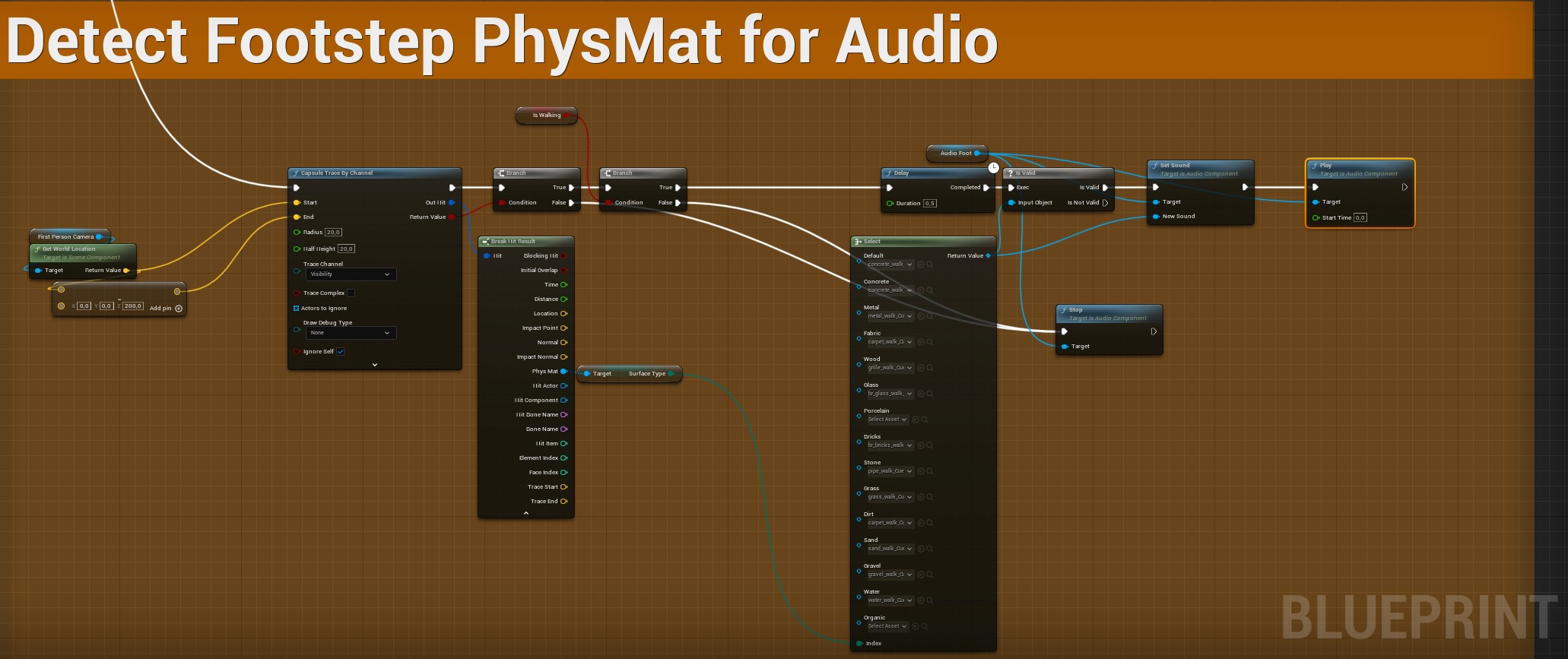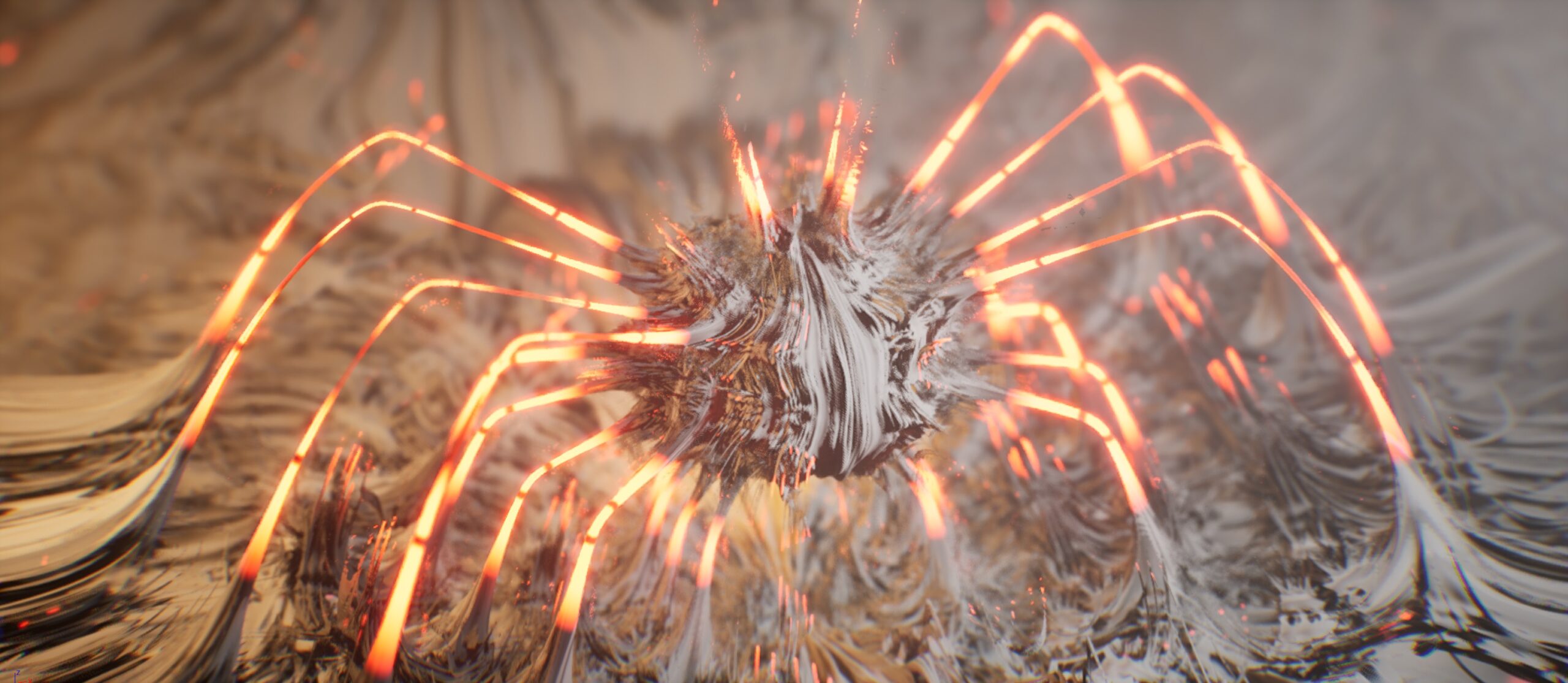In an unprecedented leap forward, artificial intelligence has taken center stage in the design of a revolutionary new electric motor, sparking a wave of excitement and intrigue across the tech and engineering worlds. The game-changing development, rooted in the advanced computational engineering models of PicoGK, promises to reshape the future of motor design.
The Birth of a Revolution: PicoGK and AI-Driven Engineering
PicoGK, a powerhouse in computational engineering, forms the foundation for this groundbreaking achievement. Utilizing its sophisticated algorithms, the company has harnessed the power of AI to create an electric motor that is not only cutting-edge but also entirely 3D printed through Additive Manufacturing (AM). This innovative approach challenges traditional manufacturing methods and opens up new possibilities for the industry.
The AI Edge: Redefining Motor Design
The integration of AI into the design process marks a significant departure from conventional methods. Here’s how AI is making a difference:
- Optimized Design: AI algorithms analyze vast amounts of data to determine the most efficient and effective motor designs, ensuring optimal performance and durability.
- Speed and Efficiency: The use of AI accelerates the design process, reducing the time from concept to production and allowing for rapid prototyping and iteration.
- Customization: AI enables highly customized designs tailored to specific applications, enhancing functionality and efficiency for various use cases.
3D Printing: The Future of Manufacturing
The use of Additive Manufacturing (AM) in creating this new electric motor is a testament to the transformative power of 3D printing. This method offers several key advantages:
- Complex Geometries: 3D printing allows for the creation of intricate and complex geometries that would be impossible or impractical with traditional manufacturing techniques.
- Material Efficiency: AM minimizes material waste, making the production process more sustainable and cost-effective.
- Rapid Prototyping: 3D printing enables quick prototyping and testing, facilitating faster innovation cycles and reducing time to market.
The Implications: Is This the Future of Motor Design?
The AI-designed, 3D-printed electric motor represents more than just a technological advancement; it signifies a paradigm shift in how we approach engineering and manufacturing. Here are some potential implications:
Industry Transformation
This breakthrough has the potential to disrupt various industries, from automotive and aerospace to consumer electronics and beyond. By leveraging AI and 3D printing, companies can develop more efficient, durable, and cost-effective motors, driving innovation and competitiveness.
Environmental Impact
The sustainability aspect of this new motor design cannot be overstated. With reduced material waste and the ability to optimize for energy efficiency, AI-driven designs contribute to greener manufacturing processes and more environmentally friendly products.
Economic Shifts
As AI and 3D printing become more prevalent, we may witness significant shifts in the global economy. Traditional manufacturing hubs could see changes in their roles, while new opportunities emerge in regions embracing these advanced technologies.
Challenges and Considerations
While the potential is immense, it’s important to address the challenges and ethical considerations associated with AI-driven design and 3D printing:
- Quality Control: Ensuring the reliability and consistency of 3D-printed components is crucial, particularly for critical applications.
- Job Displacement: The rise of AI and automation raises concerns about job displacement in traditional manufacturing sectors.
- Ethical Use of AI: Responsible development and deployment of AI technologies are essential to avoid unintended consequences and ensure societal benefits.
Conclusion: A New Dawn in Motor Design
The AI-designed electric motor, brought to life by PicoGK’s advanced computational models and 3D printing, heralds a new era in engineering and manufacturing. As we stand on the cusp of this exciting future, the possibilities seem limitless. This innovation not only showcases the incredible potential of AI and additive manufacturing but also challenges us to rethink the boundaries of what’s possible.
Stay tuned as we continue to explore the cutting-edge developments in AI and technology, and witness how these advancements reshape our world.








